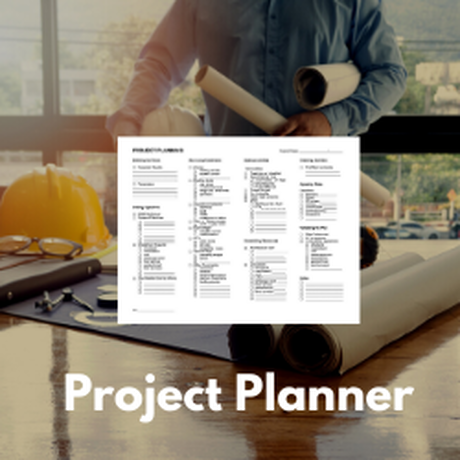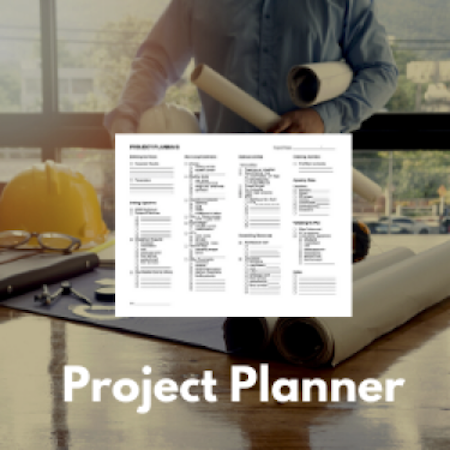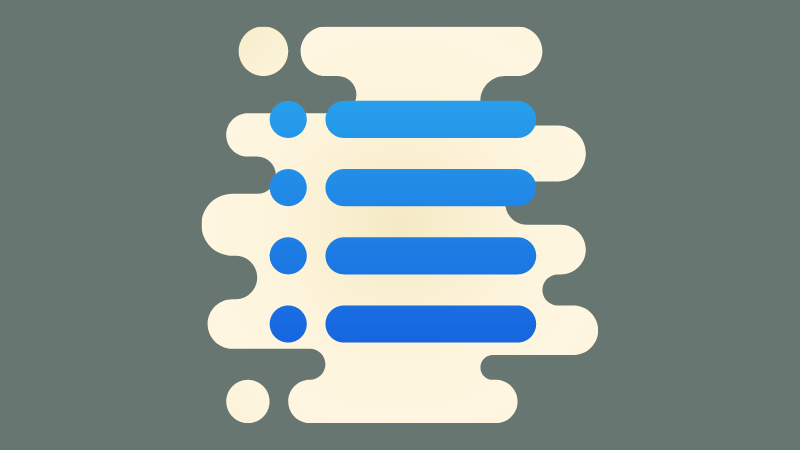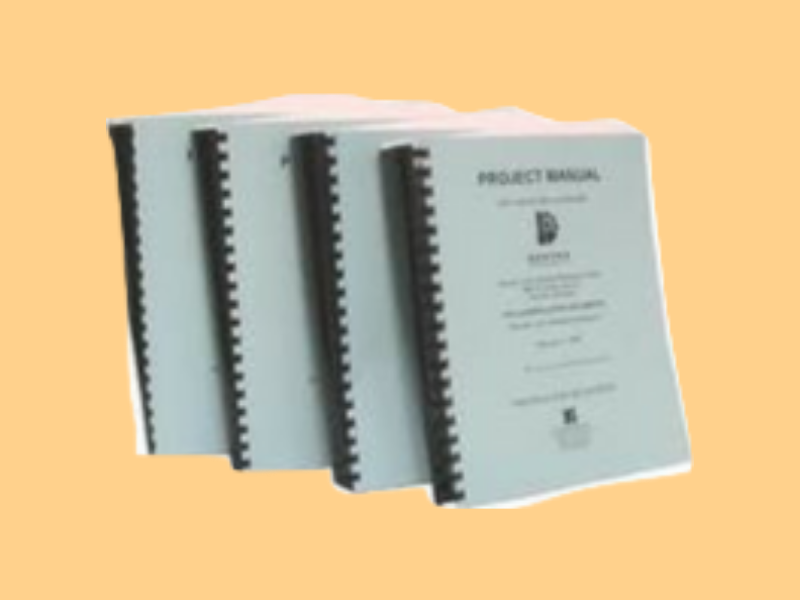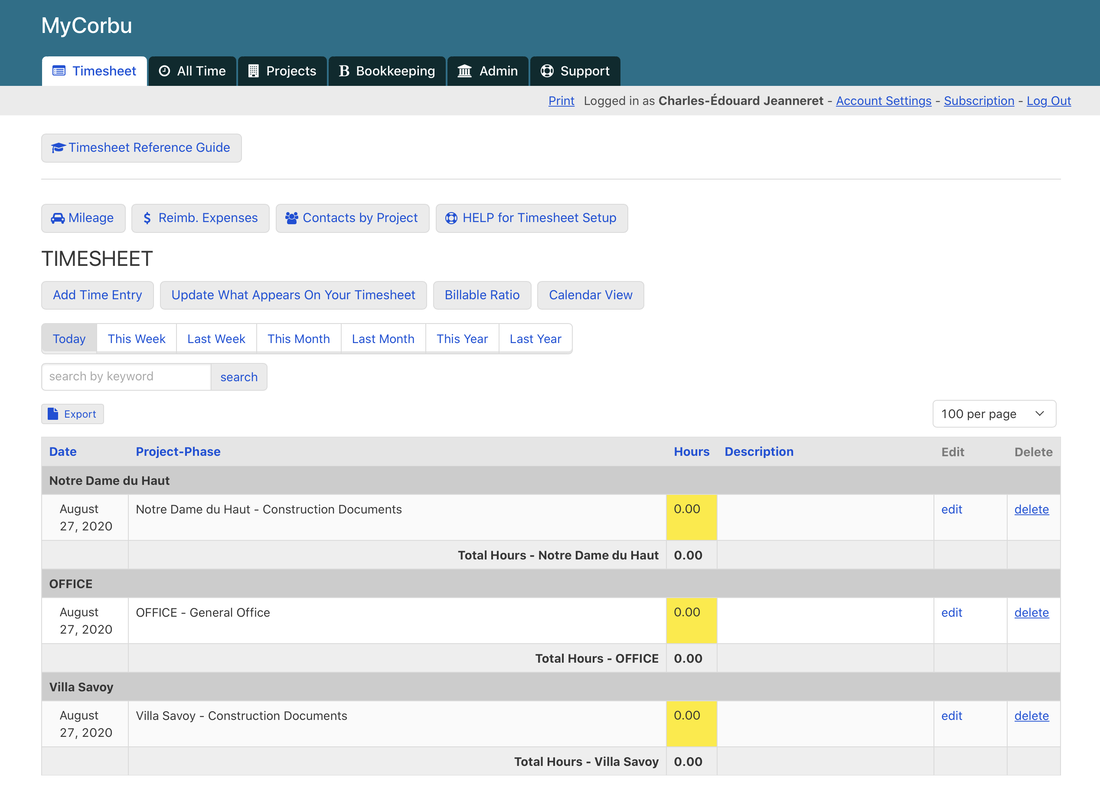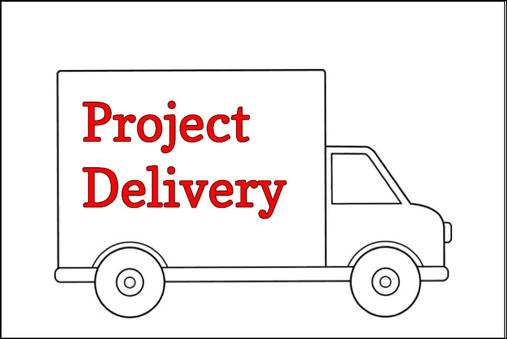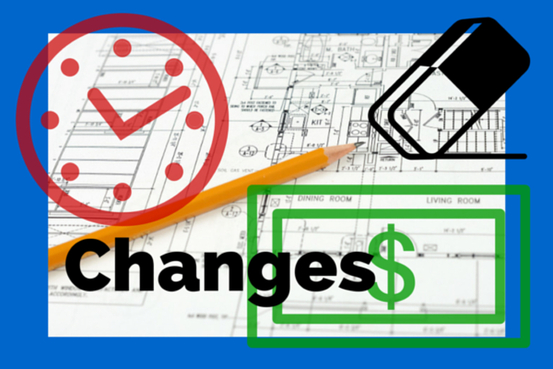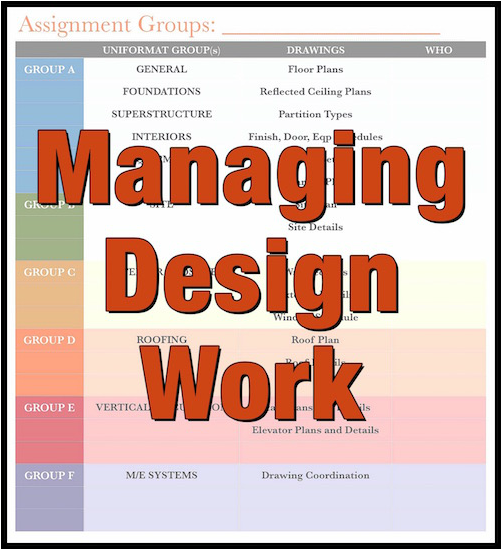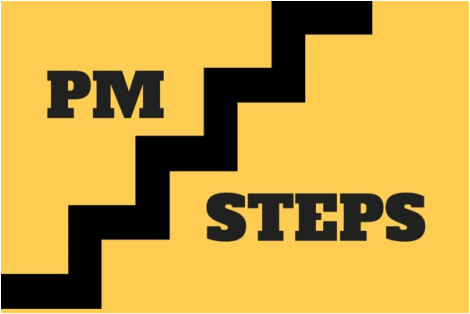|
The Project Planning Worksheet has been a popular tool. Re-imagining the Planner as a Coda Doc has transformed it into an even more powerful tool.
I got the opportunity to design some school buildings right out of college. They were fairly large projects taking six months to a year for the design phases. There was lots of time to recover from missteps. After a couple of these I got an admin building for a small school district. By comparison this was a three-bedroom house in scale. Before I had a handle on what the project would entail, I started focusing on the entrance and how I wanted that to work. After a day or two, the question came. "What the hell are you doing?" I explained about the importance (to me) of the entrance. "Do you even know if this is going to be 1-story or two? Does it fit the site?"
The best way to understand what a good design solution requires is NOT to start designing.
If the problem is quality control headaches, the lack of consistency, excessive re-work, and an unprofitable practice, what's the solution?
If you do a good job of Construction Administration,
you, the architect, will lose money. Guaranteed. Do you have an easy way to determine the Deliverables you will need
to produce to complete a project? How often do you complete your timesheet?
I personally have used 'twice monthly', 'weekly', and 'daily' timesheets. You are probably different than me; but when I filled out my timesheet it usually went something like this ... A year after I started my own firm, I was invited to design a hangar for my Dad's golfing buddy, who happened to have started an airline that was growing by leaps and bounds. We designed projects for his airline for about twenty years until they were bought out by one of the major airlines. One of the main skills that allowed us to keep up with their growth was my knowledge of project delivery methods - mostly book-learning, driven by interest.
Additional Services Documentation Made EasyA project without changes is unheard of. Clients change their minds. Budget problems surface. Contractors happen. A project without Additional Services is pretty rare. No one likes to talk about increases in fees. But which do you prefer? Losing money, but having a content client? Or getting paid fairly even if there is some discomfort involved? The first is not sustainable. The second is easier than you might think.
Here is my solution... When I first got out of college, twenty years before the internet, I searched and searched for a description of how to do project management. I wanted a how-to. A checklist. I never did find one...until one day... As designers we aren't always comfortable on the site, observing what’s going on.
But there are good reasons to do it anyway. Priorities Are Good
Here is a general rule of thumb for setting priorities when you are working on a project. I find that it is the best way to move a project ahead effectively during the design phases. It is ideal to tackle design issues in this order: I have always been interested in the 'process' of architecture. Early on, any path I took felt like I was getting somewhere, but sometimes I was and sometimes I wan't. Once I was convinced that the solution to a small school admin office was designing the building from the front door inwards. Two days later with nothing to show for my effort except my boss's observation:
"What in the hell are you doing?" I guess this wasn't a path that produced useful results. I continued to be on the lookout for "the Way". Nearly twenty years later I stumbled upon a magazine article describing when types of design decisions should be made in the design process to minimize re-work. Finally, a clue! I think Trello works exceptionally well for architectural project management because its features align with the way design projects are organized. Trello’s flexibility easily accommodates an unusual project and all types of other projects.
The images below show how. One of the key features of PM-Steps is the use of STEPS. The STEPS subdivide the work of each design Phase into four sets of tasks. Breaking the work of the Phases into more manageable chunks that are in turn arranged in a logical order is intended to provide more control over the performance of the work. One of the aspects of project management that I always found challenging was delegating tasks in a way that kept the process moving forward. Too often the delegation had to be revisited (reworked) when later work showed that the early assumptions were now wrong. STEPS help to prevent that.
|
x
Archives
February 2024
Categories
All
|
Architekwiki | Architect's Resource | Greater Cincinnati
© 2012-2022 Architekwiki
© 2012-2022 Architekwiki


